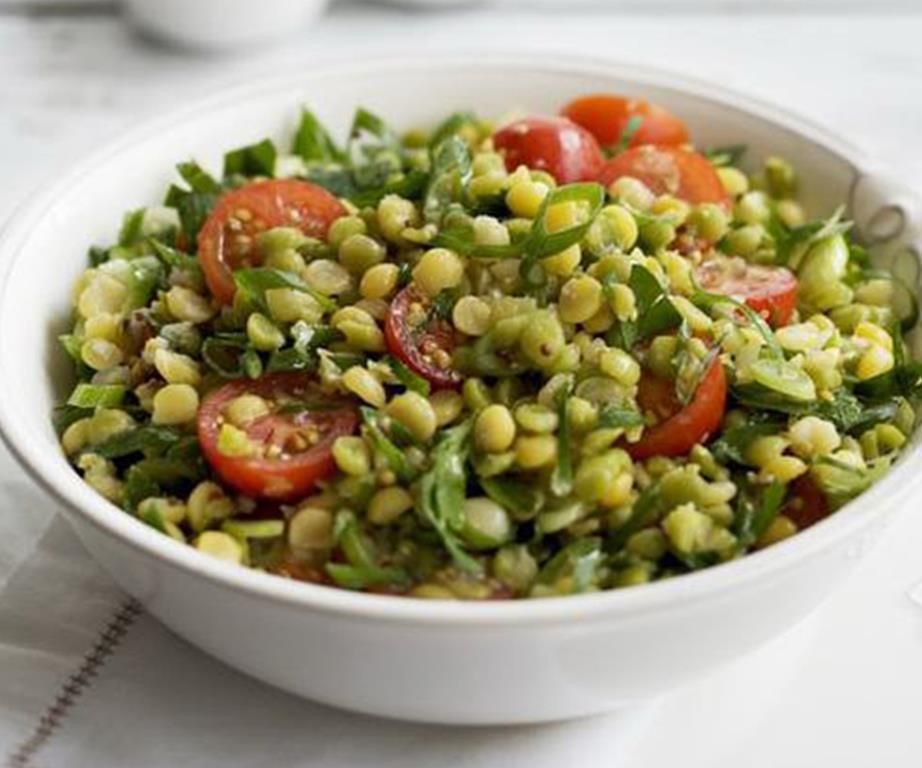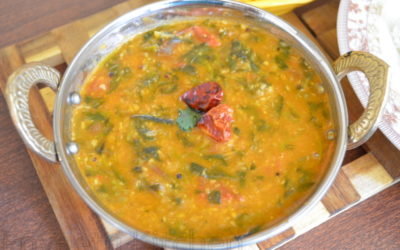Bhaga Shastra Sweets
Six types of tastes are described in the Bhaga Shastra – salt, sweet, sour, hot, bitter and pungent. It states that every meal should include all these tastes, so that the appetite is satisfied and the tongue is neutralized by all the tastes being together. As per the instructions in Bhaga Shastra, in order for all parts of the body, mind and brain to function properly, a balanced diet of all these tastes is a must.
Further, the purpose of having all six tastes is to balance the tridoshas in the body, namely vaata (acidic), pitta (alkaline) and kapha (phlegm). Every ingredient used in Hindu cooking is classified as per their dosha properties. For e.g. too much of vata foods such as flat beans, corn, jackfruit, Bengal grams, will lead to belching, itchiness or prickliness on the skin. Excess of pitta foods results in giddiness, acidity and imbalance in the brain and mood disorders. Excess kapha food leads to chills and cold.
Bhaga Shastra further classifies foods into rajasik, tamasik and sattvik types. Rajasik food makes one feel agitated, aggressive, lustful and egoistic. Tamasik food makes a person lazy, sleepy and depressed. Satvik food gives clarity to the person and brings him peace of mind leading to bhakti (devotion), tripti (fulfillment) and ananda (bliss). It is therefore not surprising that the Bhagashastra has a huge variety of sweet dishes made from rice, broken wheat, flattened rice, millets, maize, lentils (both split and whole). Many of these sweets are made during festive occasions – with certain sweets made specifically on a particular festival. For e.g. pongal in the Tamil New Year festival of Thai Pongal, kolukattai or modak for Ganesh Chaturthi, saffron sweet rice for Basant Panchami in Punjab, sandesh for Durga Puja in Bengal, karah prasad in celebrating festival of Sikh Gurus, kheer and laddoo in almost all Hindu festivals, payasam in South Indian festivals, especially Onam, and the list just goes on. In fact, India has the largest variety of sweet dishes in the world.
Preparation & Ingredients
Depending on the sweet, the ingredients and the time required to make them vary vastly. However, some standard ingredients are integral to Bhagashastra sweet dishes – they include a wide variety of rice or wheat, clarified butter or ghee, unprocessed sugar such as jaggery or palm sugar, milk, cardamom for flavor and coconut.
Sweet Pongal, Sweet Rice & Indian Breads
Yellow Or Green Lentils Pongal

Ingredients:
Good Quality Rice – ½ padi
Yellow or Green Gram – ¼ padi
Pure Water – 1½ padi
Ghee – 5 palam
Milk – 1/8 padi
Jaggery – 15 palam
Grated Coconut – 3 palam
Cardamom Powder – ¼ palam
Cashewnuts – 5 palam
Method:
1. Wash and drain rice and yellow gram. Boil water in a pan that can hold 4 padis of water, add the rice and lentils to it.
2. Close the lid until the rice is 3/4th done. Add ghee, milk, jaggery and grated coconut one by one to the Pongal. Add cardamom powder and cashew nuts fried in ghee to the Pongal.





0 Comments